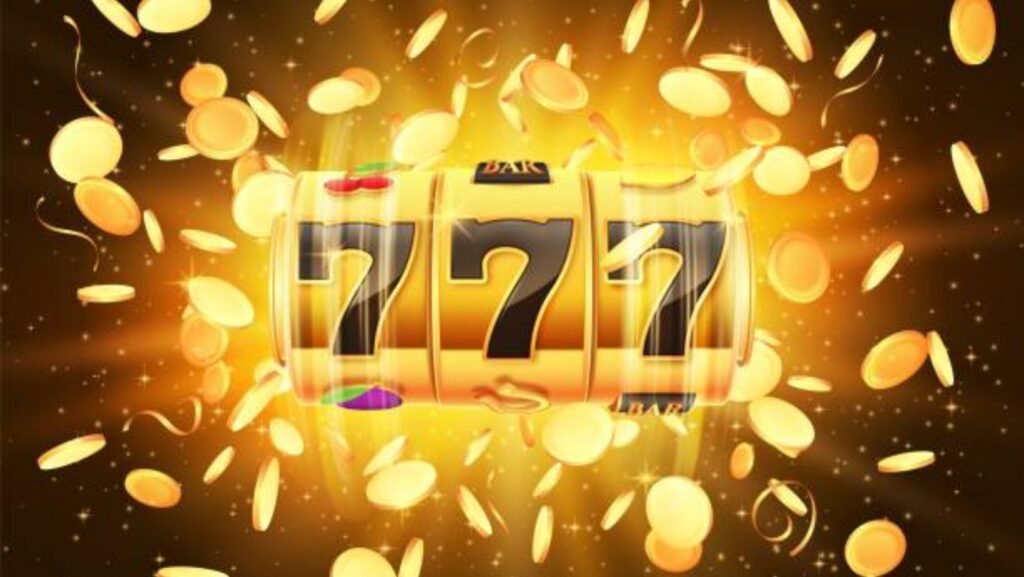Understanding how slot machine paytables work is key to maximizing your payouts and profits on such platforms as AdmiralBet. While flashy graphics and bonus rounds may catch your attention at first glance, the unseen paytable code running in the background is what really determines if a slot offers good value.
With some basic knowledge about how to read and interpret paytables, you can learn to identify the loosest slots with the best payout percentages. This allows you to stretch your gambling bankroll further and gain a mathematical edge against the house.
In this guide, we’ll decode the secret inner workings of slot paytables. You’ll learn exactly what stats and figures to analyze when choosing which high-paying machines to play.
What Is a Slot Paytable?
A slot paytable displays the payout information for all wins in a machine’s programming. It shows the exact prizes awarded for individual symbol combinations across the reels.
Paytables are presented as a table or menu that slot players can access within the game interface. The information is calculated and hard-coded into the random number generator software that runs and controls the slot.
Paytables will specify payouts for combinations ranging from the most common small wins all the way up to the top jackpot prize. The more rare or challenging the combination is to achieve, the higher the payout multiplier will be.
For example, a cherry symbol combination may pay out 5 credits for landing 3 matches. Meanwhile, hitting 5 wild symbols may trigger the grand jackpot worth 50,000 credits.
Why Do Paytables Matter for Slots?
While playing slots can sometimes feel like a game of pure chance, paytables inject an element of skill in knowing which titles provide the best mathematical value.
Paytables allow savvy gamblers to compare the payout percentages across slots. This way, you can stick to the loosest slots that pay out frequently over time.
Generally, a paytable with higher payout multipliers spread across more winning combinations has a better payout percentage. This means more money is returned to players over millions of spins.

However, you also need to weigh paytables against your personal gambling style and budget. A slot that offers 100,000 credit wins may seem enticing, but if the payout percentage is 75% with high volatility, you risk emptying your bankroll chasing that jackpot dream.
Meanwhile, a 98% RTP slot with low variance may return predictable payouts to keep you gaming longer. Ultimately, paytable analysis requires finding the right balance of payout potential versus risk for your own financial situation.
Key Stats to Analyze on Slot Paytables
Now that you understand the crucial role paytables play in slot payouts let’s examine the key stats and figures you should be paying attention to following.
Return to Player (RTP)
The RTP percentage is a theoretical rate stating how much a slot pays back over 1 million or more spins. Typical RTPs range from 75% at the cheaper end up to 99% for looser, player-friendly slots. As a rule, you should only play slots with an RTP of 92% or higher.
Hit Frequency
This reveals how often a slot pays out any win compared to losing spins. A 20% hit frequency means the slot returns a win one out of every 5 spins on average. Higher hit frequencies keep you playing longer, even if win amounts are smaller.
Volatility
Volatility or variance reveals how much your bankroll fluctuates during slots play. Low volatility slots have smaller but more frequent payouts to maintain balance. Highly volatile slots trigger big jackpots but also longer dry spells with no wins.
Max Payout
The top prize advertised on a slot tells you the maximum amount available on a single spin. However, max payouts only hit once in many millions of spins in most cases. Check the RTP first before getting blinded by tempting jackpot bubbles.
As you evaluate slot paytables, getting the full picture requires cross-analyzing stats like RTP, hit frequency, volatility, max payouts, and more. Comparing these metrics allows you to separate value slots from games tilted to favor the house.
Strategies for Reading and Evaluating Slot Paytables
Armed with knowledge of how to decipher paytable statistics, let’s explore some proven strategies to put this into practice:

- Search for slots with an RTP reaching at least 96% to 97%. This provides a positive expected value eventually.
- Ensure there are enough mid-tier wins in the 400x to 1000x range to boost the balance between jackpots.
- Analyze hit frequency and volatility metrics to find slots matching your budget and risk tolerance.
- Check whether paytable payouts increase reasonably for symbol combinations with more matching icons.
- Avoid slots with disproportionate jackpots relative to other payouts and RTP rates.
- Locate slots allowing players to access full paytable statistics before committing money.
- Learn to estimate potential hourly value and volatility yourself if casinos don’t provide full paytable data.
Following these tips will guide you toward slots weighted in the player’s favor. By avoiding inferior games with lackluster paytables, your money goes further, allowing you to game longer with a better shot at hitting those thrilling jackpots.
Outsmart the House Edge with Paytable Mastery
While slot machine results may seem random currently, taking time to analyze the secret paytable code running behind the scenes empowers you to make smarter decisions.
Identifying the loosest slots with the most favorable payout percentages provides a mathematical edge over the long haul. Over millions of spins, even fractions of a percentage add up in players’ favor.
So don’t leave your fate entirely up to chance. Master the fine art of paytable evaluation to stretch your gambling bankroll and walk away a winner.
The next time you sit down at your favorite slots, ignore the flashy decorations and take a hard look at the paytables first. Those unassuming numbers and statistics ultimately control if you walk away empty-handed or cash out with pockets full of winnings.
